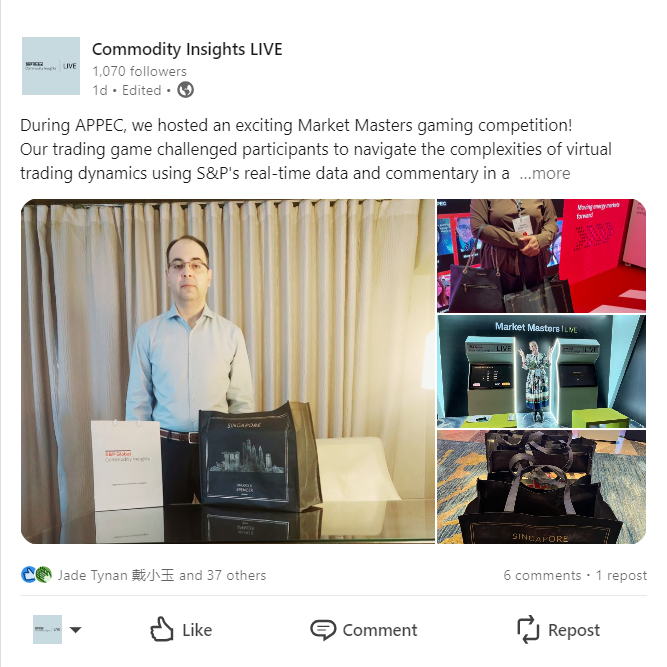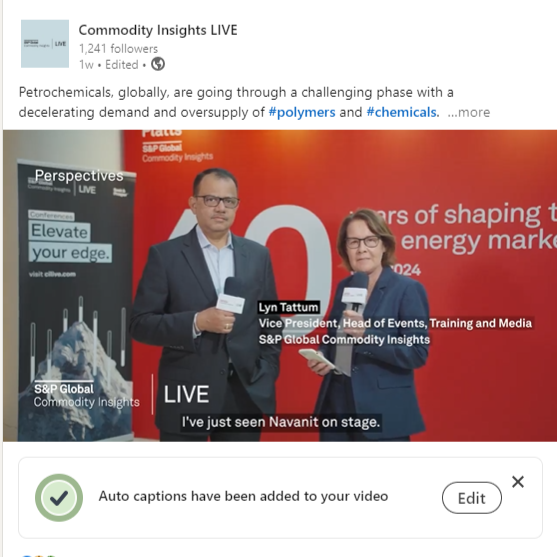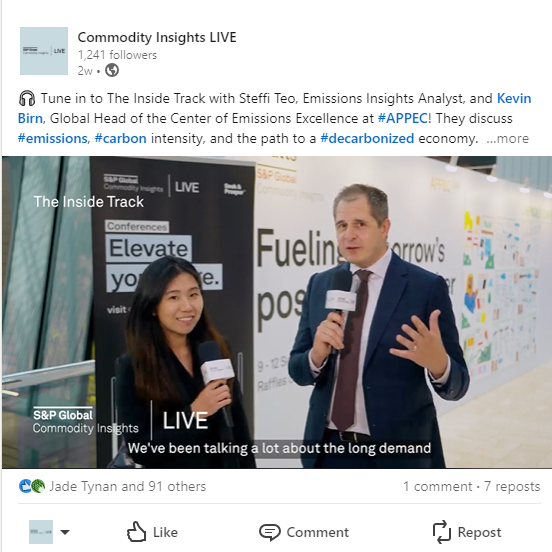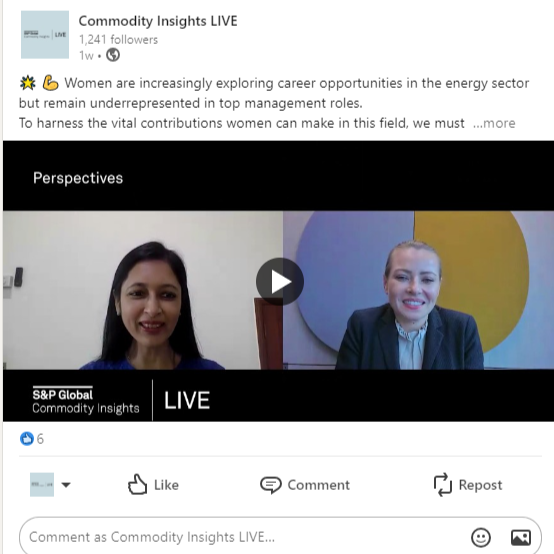
Editor's Top Picks
Podcast: What to watch as hydrogen moves into execution phase Infographic: US Power Tracker Women in Energy: Jane Liao SPGCI Solar Module PV assessments bring pricing transparency to a volatile market Interactive: Ammonia price chart LME Week: Perspectives with London Metal Exchange CEO Matthew ChamberlainInteractive: Platts Renewable Energy Price Explorer
View nowInteractive: Middle East diesel exports to Europe
View now
9 Questions, 1 Expert
Mriganka Jaipuriyar,
Head of News, Asia
S&P Global Commodity Insights

Meet LIVE Member!
Melissa Manning,
Senior Editor, Content Marketing
S&P Global Commodity Insights
Log in to LIVE now!
Series LIVE
Inside Track :
Multiply:
Perspectives:
The Benchmark:
First Forward:
What percentage of India is employed in the agricultural sector compared to the US?
A: 28% in India, 5% in the US
B: 47% in India, 2% in the US
C: 30% in India, 7% in the US
D: 25% in India, 10% in the US
Which country accounts for over 60% of refined lithium products globally?
A: Australia
B: Chile
C: China
D: United States
Interactive: Middle East and North Africa state wheat buyers' subsidy policies
View nowInteractive: Global oil flow tracker
View nowIn which year was the first Asia Pacific Petroleum Conference (APPEC) held?
Ans: 1984 **HAPPY 40th ANNIVERSARY**
APPEC is known for bringing together key players in the Energy industry. What is not a primary focus of the conference?
Ans: Gas and power. The conference covered 5 main areas- Strategic, Chemicals, Shipping, Carbon, and Hydrogen.






